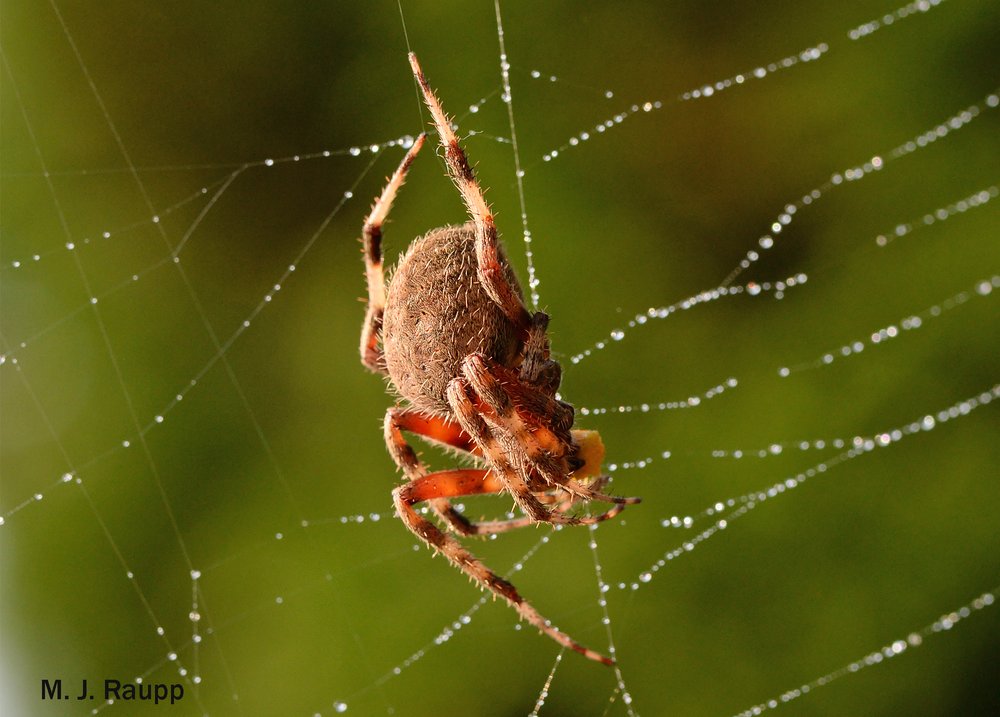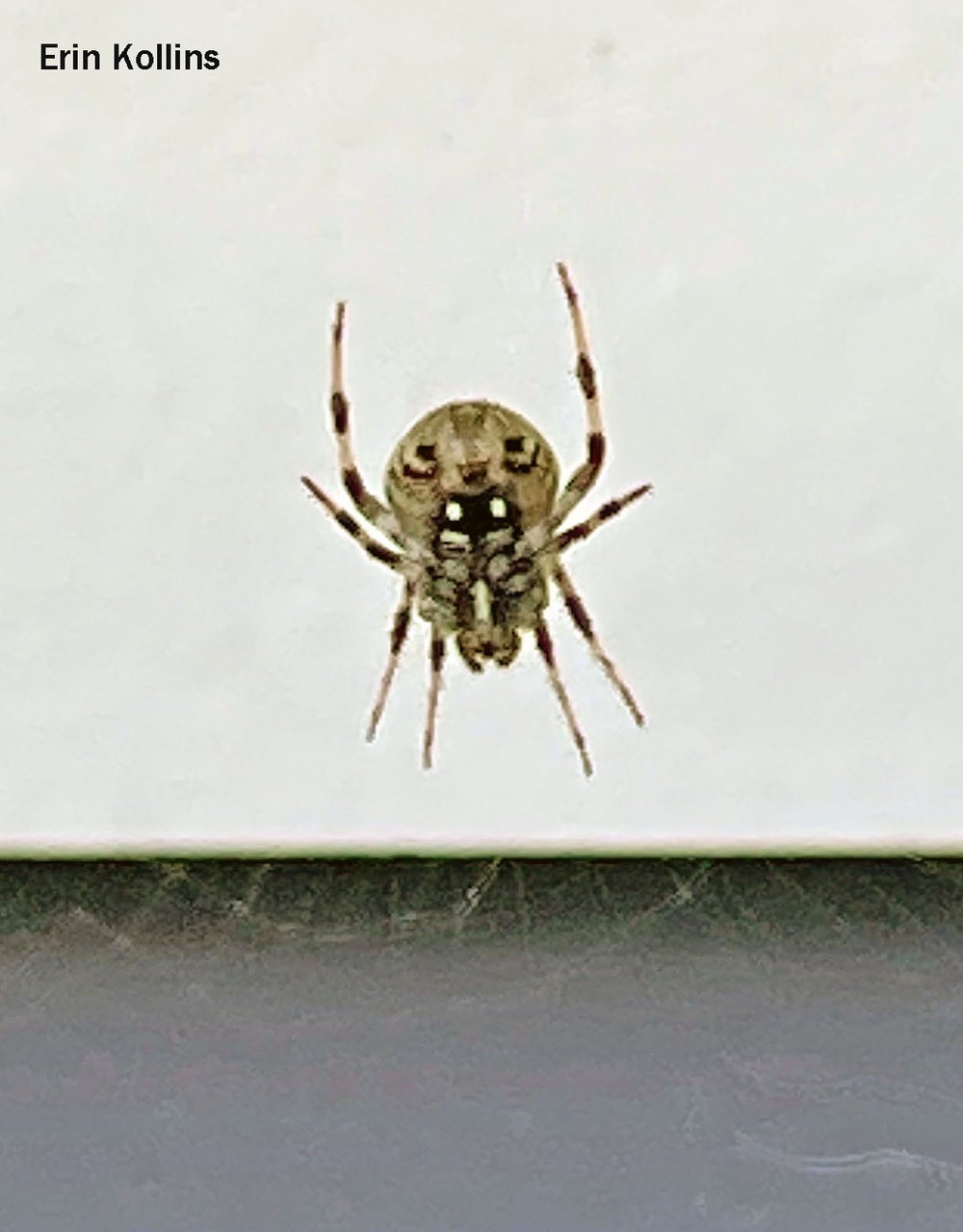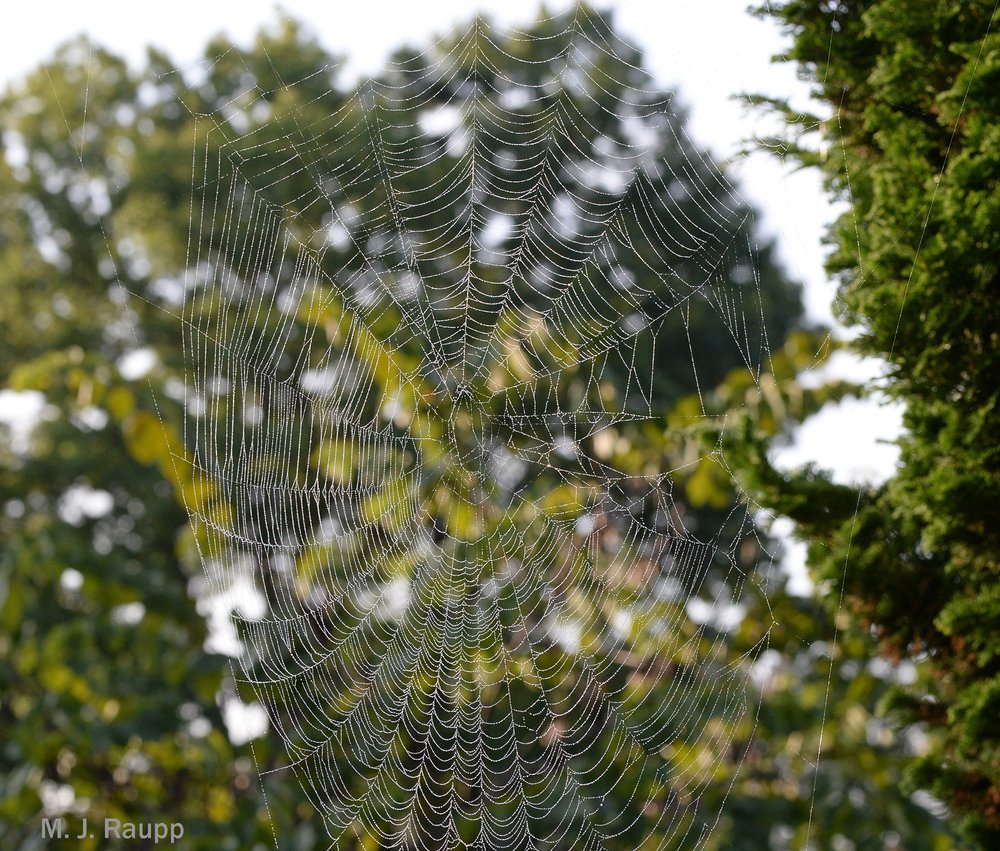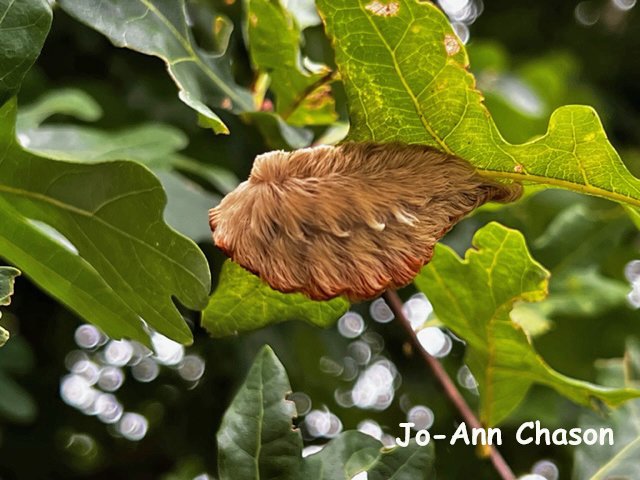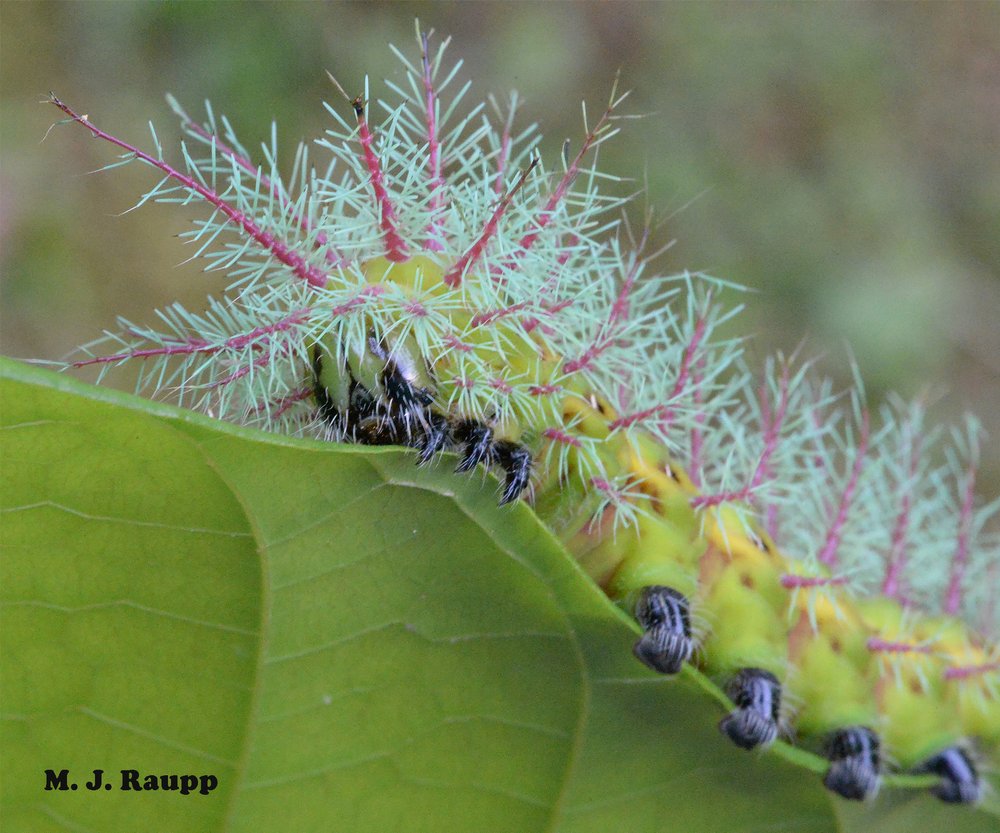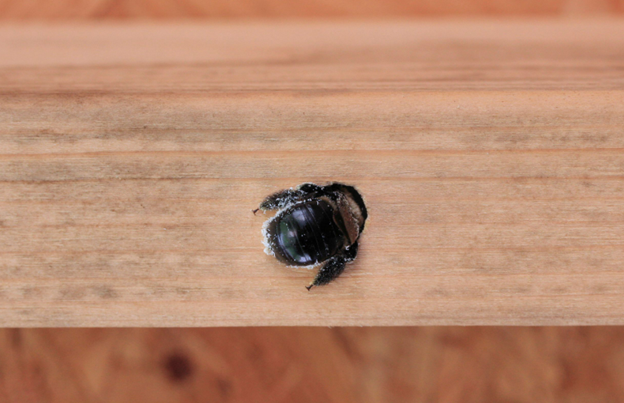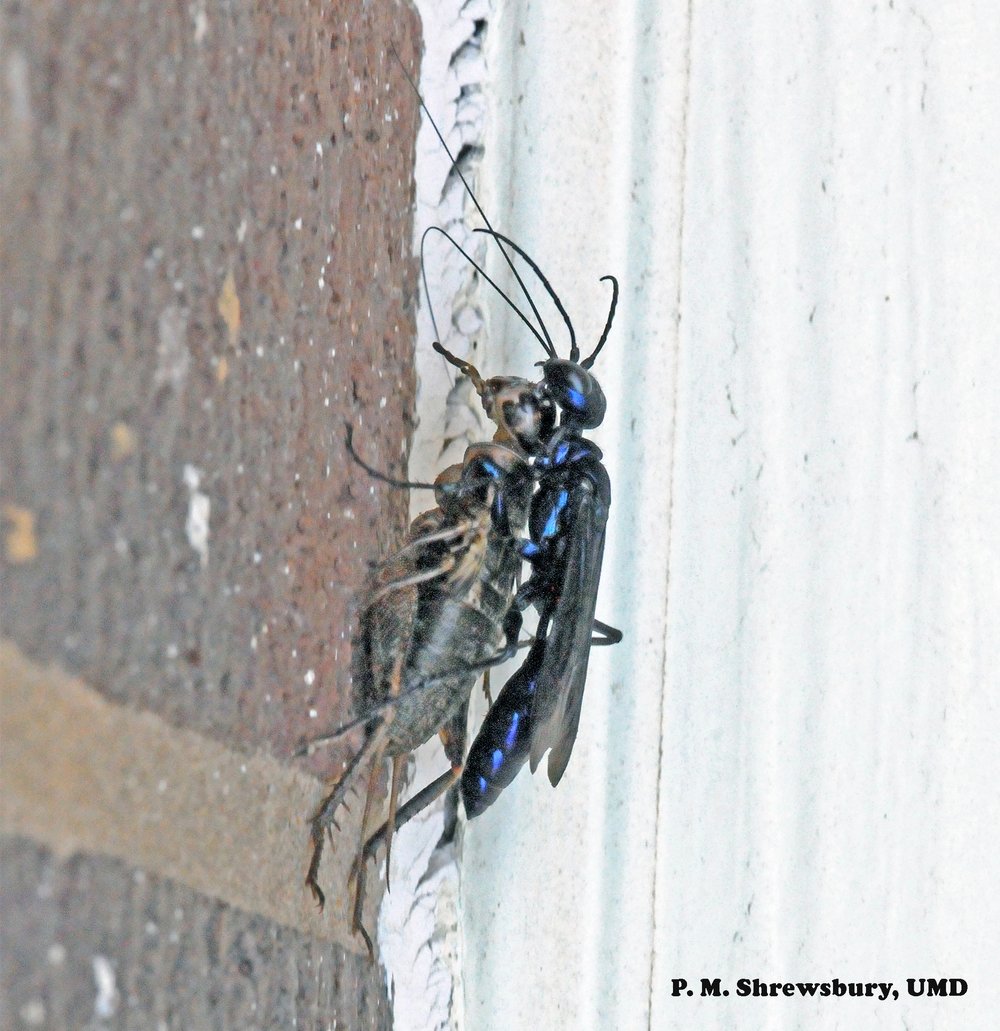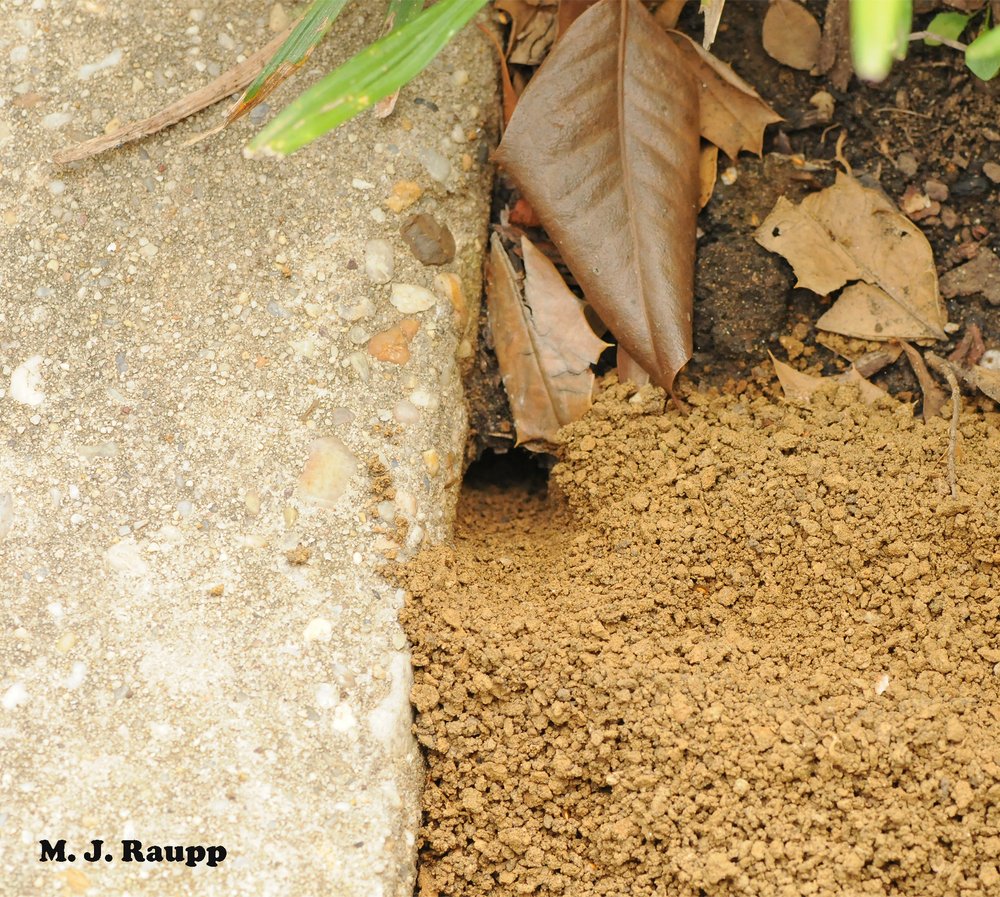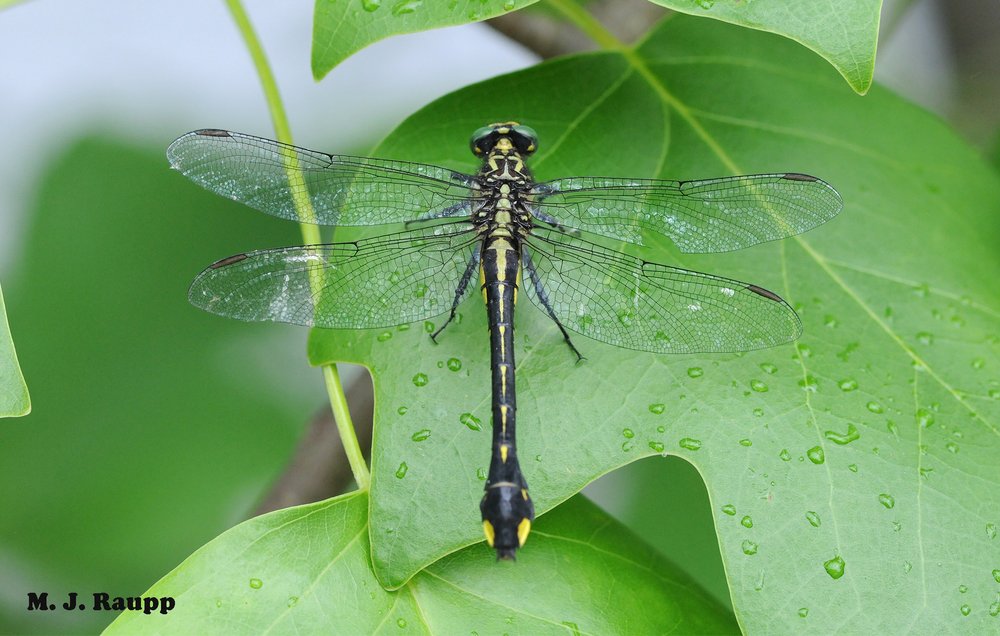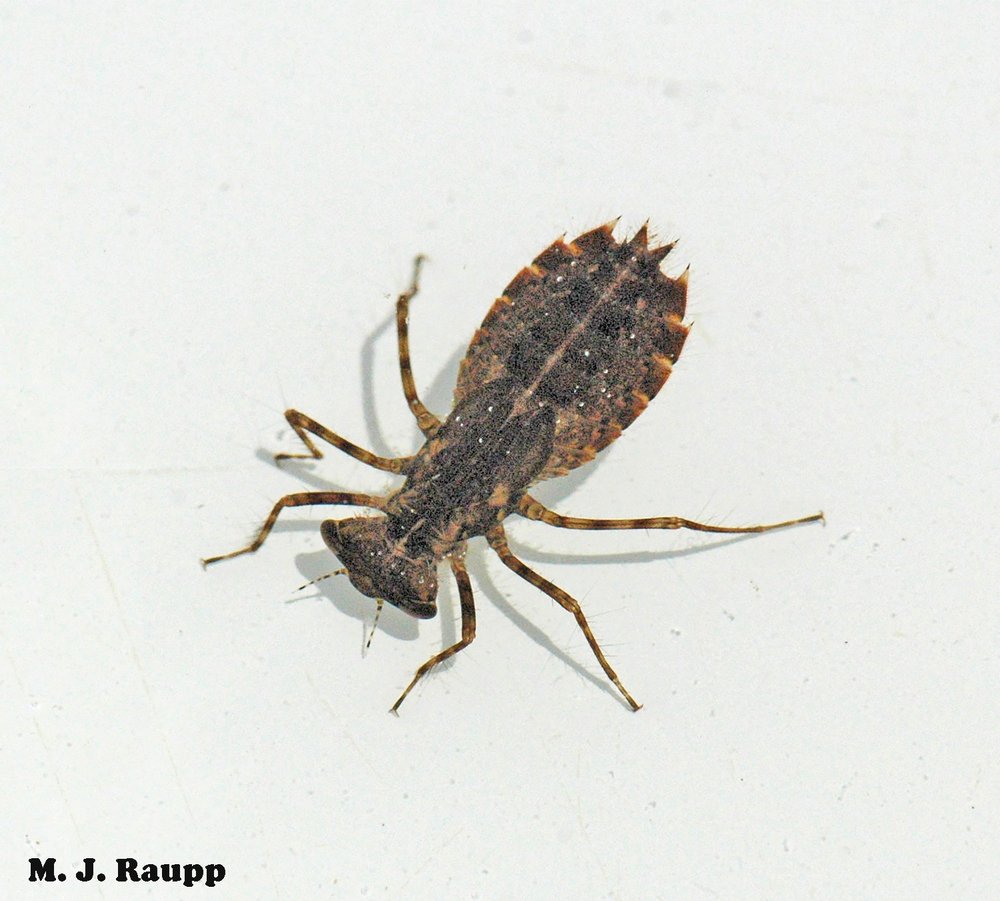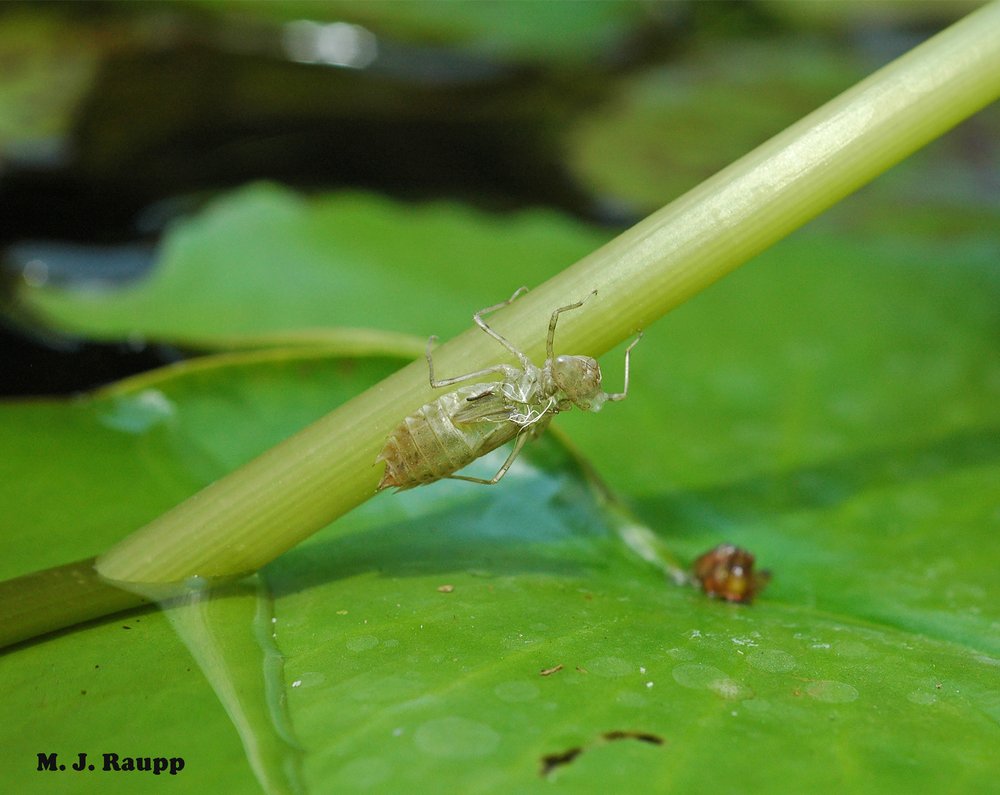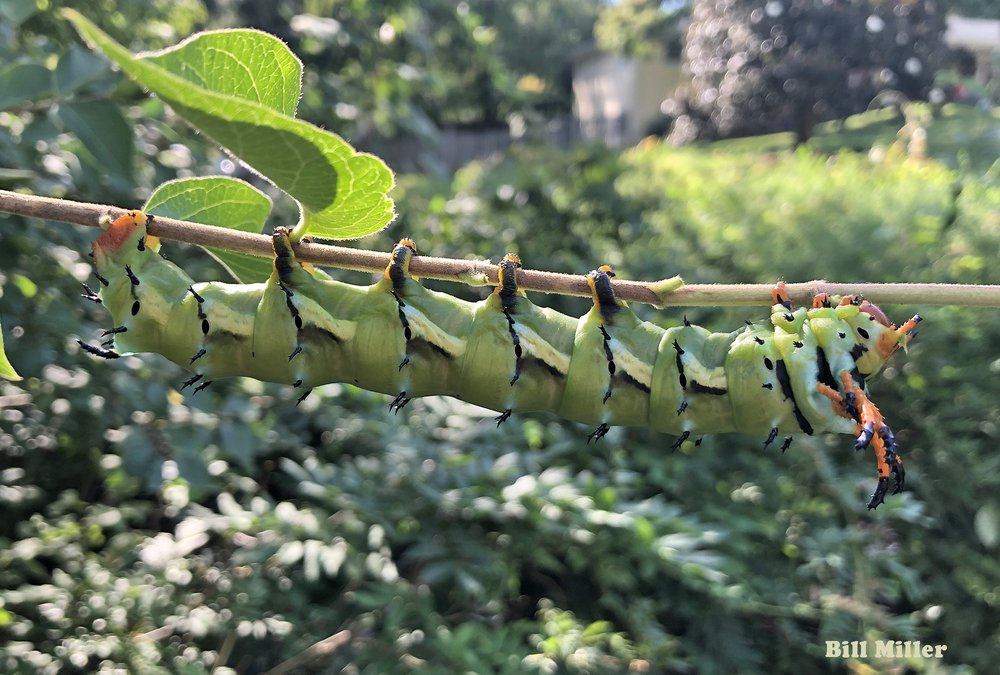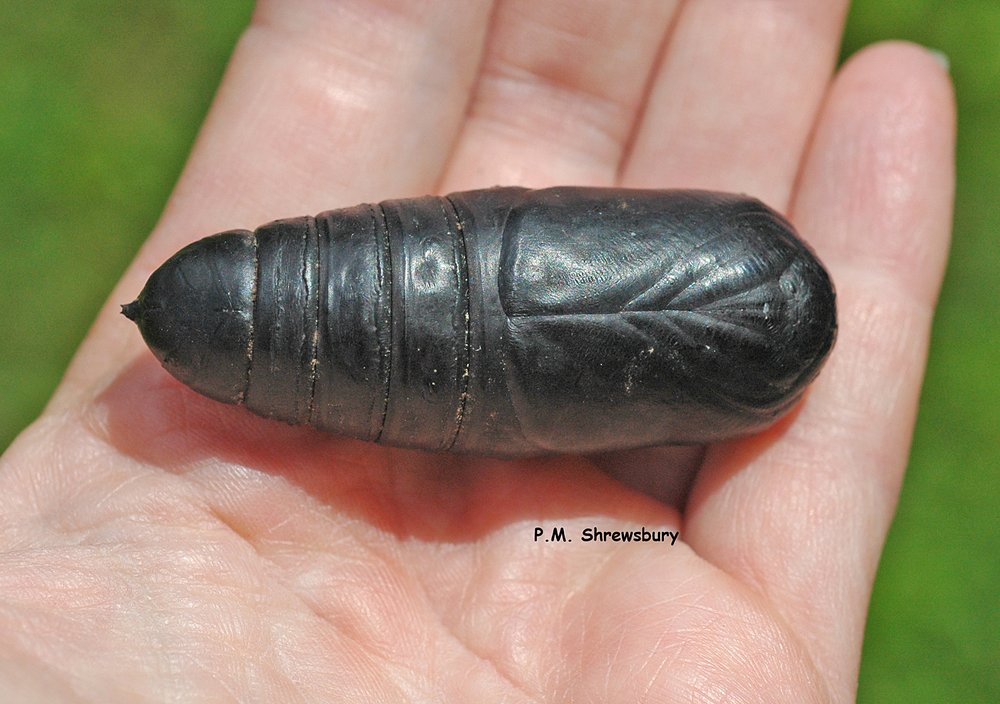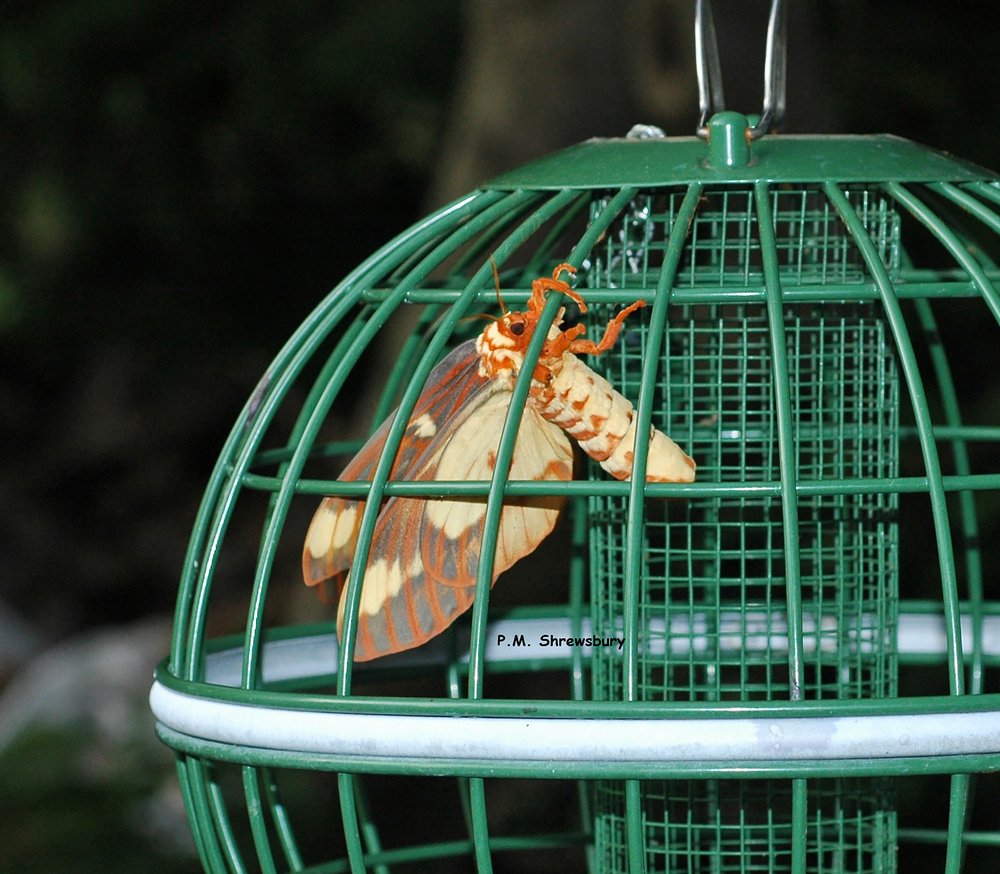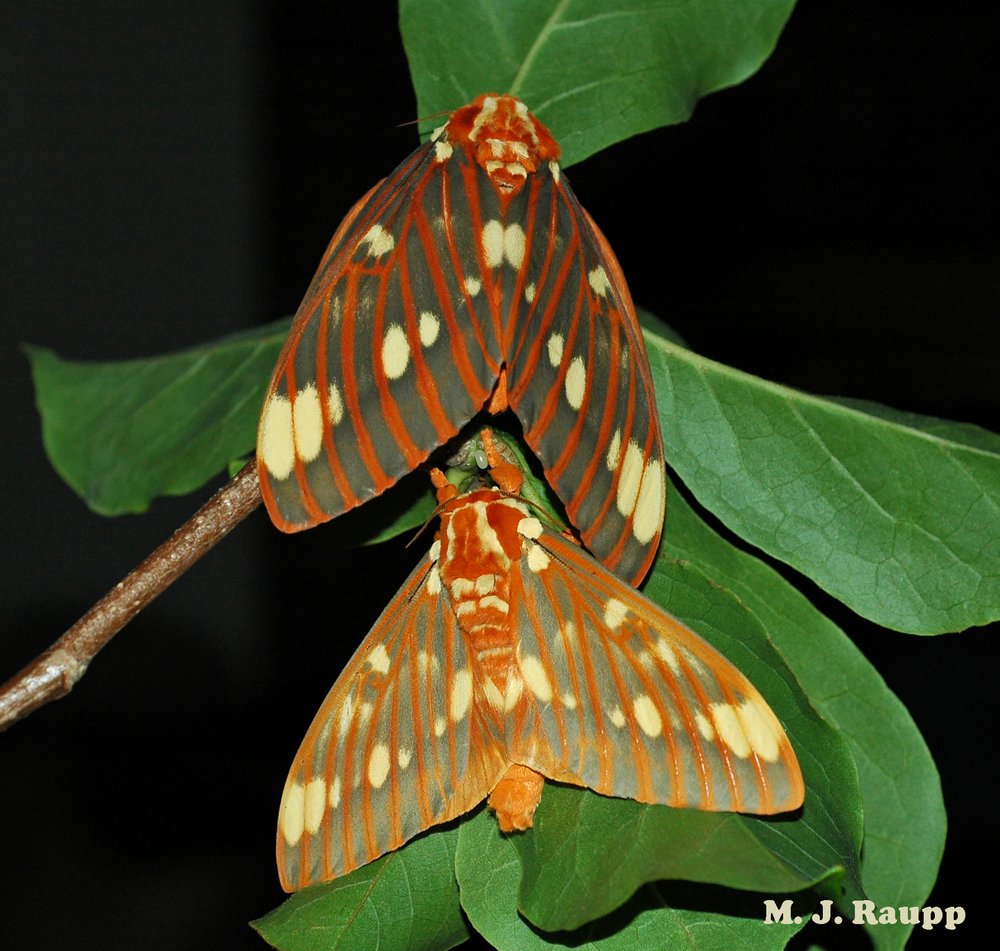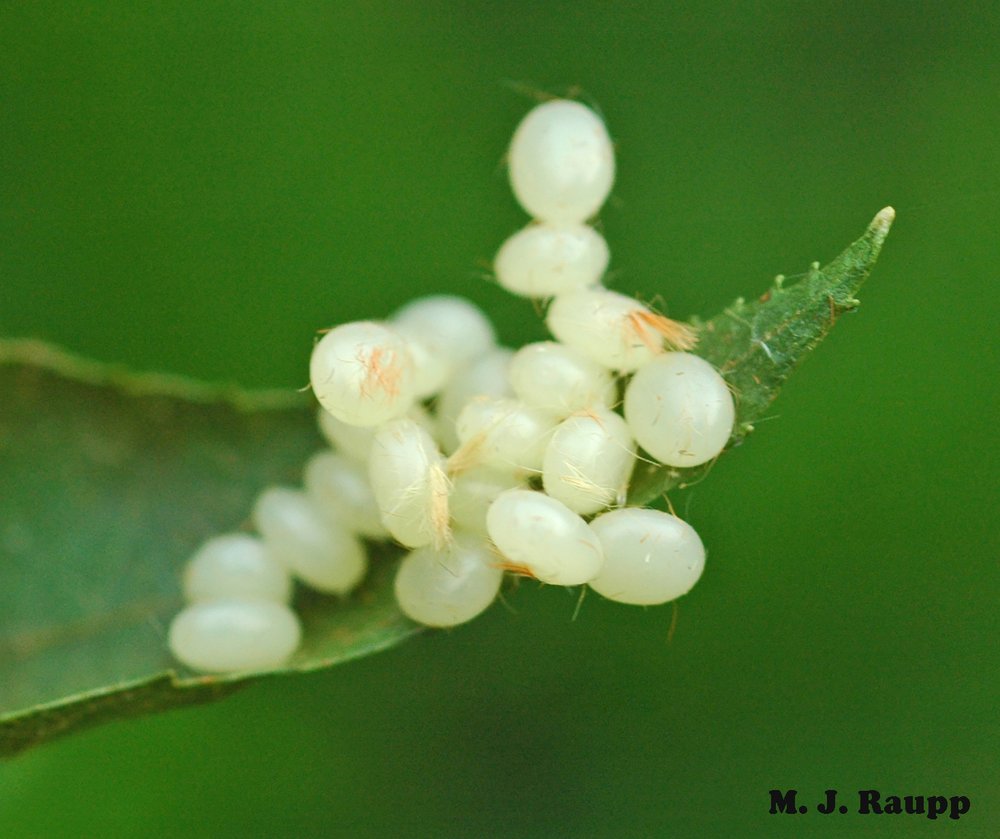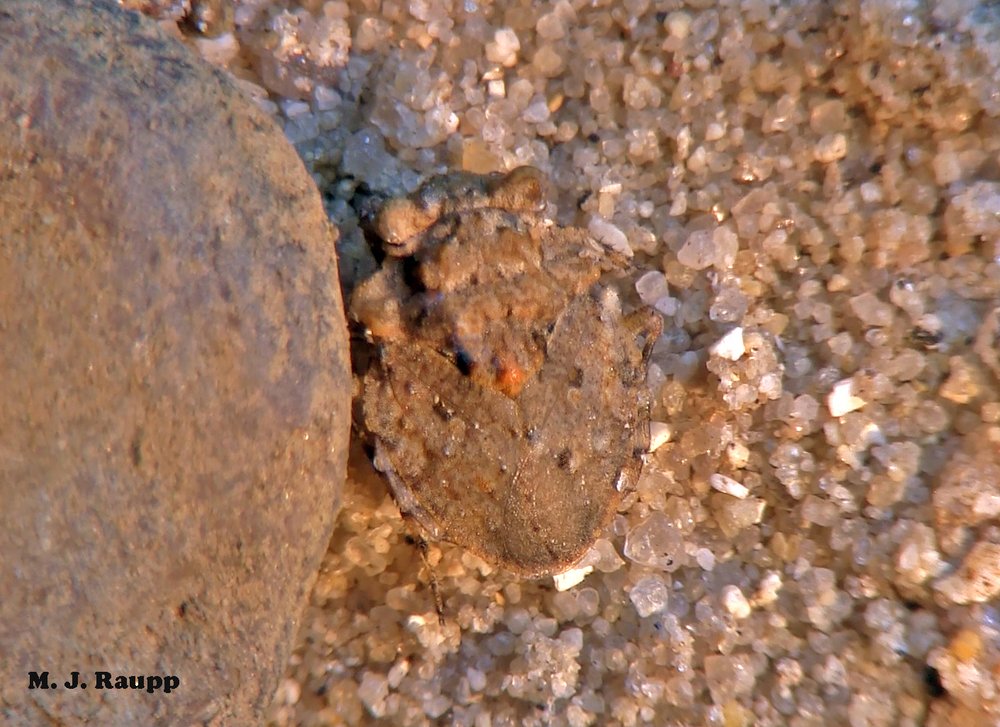Rodent Awareness Week 2022
Spend the Week Learning How to Protect Your Property and Prevent Rodent Infestations
Fall is filled with exciting holidays. Although most people are familiar with the well-known days like Halloween and Thanksgiving, some of the lesser-known holidays in October include National Do Something Nice Day and National Get to Know Your Customers Day.
And now there’s another “holiday” to celebrate — Rodent Awareness Week. This event runs from October 16th through October 22nd. Timed perfectly to coincide with the season when rodents are finding shelter for the colder months, this week is the ideal time to learn about rodent treatment and prevention.
Raising Awareness About Rodents and the Harm They Cause
As temperatures drop, rodents like mice and rats start looking for warm, cozy spots to nest. This also makes it the perfect time to put measures into place to protect homes, businesses, people, and families.
The National Pest Management Association’s (NPMA) Professional Pest Management Alliance founded this annual event in 2014. The goal is to teach homeowners how to spot rodents, prevent infestations, and the importance of working with a skilled pest and nuisance wildlife professional.
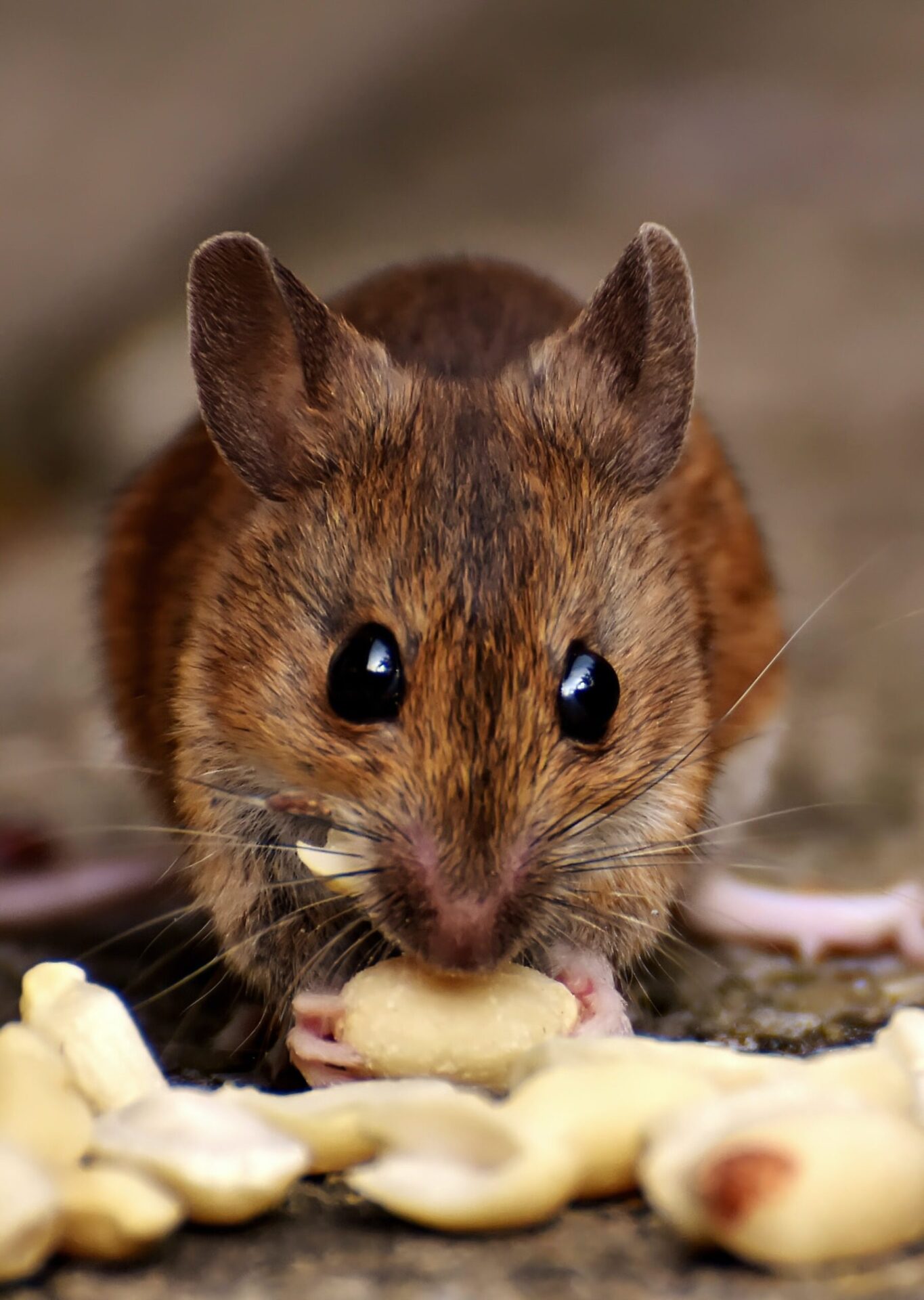
After all, rodents carry dozens of diseases and parasites like fleas, ticks, and mites. They also commonly gnaw on everything from insulation to wooden structures to electrical wires, creating substantial damage when the problem is left untreated.
The costly damage to health and property emphasizes the importance of effective, efficient prevention and professional rodent control. Catseye Pest Control handles all aspects of proper pest and rodent control, including removal, monitoring, cleanup, and exclusion services.
Rodent Awareness 101
Millions of Americans deal with rodents in their homes or businesses every year.
Some rodents can squeeze through gaps and cracks as small as a dime. And once they’re inside, they can quickly breed, making a full-blown infestation a likelihood unless owners act quickly.
Signs of Rodent Infestations
Rodent Awareness Week 2022 is the ideal time to learn how to spot signs of rodent infestations.
Many rodents sleep during the day and are active at night, making it less likely to see them in action. Common signs that can help identify a rodent invasion include:
- Chewed food packaging.
- Shredded paper, plant matter, or fabric.
- Rodent droppings, particularly near food or in cupboards and drawers.
- Sounds like squeaking, scratching, and scampering in walls, ceilings, and floorboards.
Rodent Treatment and Prevention
Rodents are renowned for breeding quickly. A single female mouse, for example, often gives birth to up to six babies at once. Then, after having babies, she can mate again and have another litter as quickly as 25 days after the first.
That’s why calling a professional is always the best course of action. The faster and more effectively an infestation is eliminated, the quicker it will be to return the space to its previous condition.
Catseye’s treatment process includes four main steps: inspection, removal, cleanup, and exclusion. The free, detailed inspection allows our technicians to evaluate the property for damage, assess potential entry points, and develop a customized plan to get rid of rodents for good.
The most effective prevention strategy is sealing off potential entryways, effectively excluding the rodent from regaining access. Cat-Guard Exclusion Systems provide a safe, chemical-free, permanent barrier to keep rodents and other critters out for good.
Our state-of-the-art Cat-Guard Exclusion Systems are designed to target each level of the home, business, or other structure.
- Upper Cat-Guard: This system protects structures from the top of the first-floor windows to the peak of the roof.
- Lower Cat-Guard: This system has been designed to protect buildings from the first-floor windows down to the ground.
- Trench-Guard: This system has been designed to protect low-clearance areas like sheds and decks.
When installed together, the home or business can experience total protection from rodents like groundhogs, skunks, squirrels, birds, and so much more.
General Rodent Prevention Tips
It is always the perfect time to guard against rodent invasions and infestations, but especially as we begin to experience cooler temperatures. Rodents are active year-round but tend to move indoors during cold weather.
To minimize the threat of rodent infestations, pest control professionals recommend starting by examining outdoor spaces. Keeping the grass trimmed and pruning trees and shrubs that overhang buildings can help eliminate hiding spots and ways for rodents to hop onto structures.
Other tips include:
- Containing garbage in cans with tightly fitting lids.
- Removing yard debris and clutter, particularly near buildings.
- Removing dropped fruit from fruit trees.
- Switching to husk-less bird feed or stopping feeding birds.
- Storing food items in tightly lidded containers (including pet foods).
- Repairing cracks, gaps, and openings on the outside of homes and buildings.
- Installing door sweeps on exterior doors.
- Regularly cleaning floors and counters.
Schedule a Free Inspection from Catseye Pest Control
Catseye provides detailed, thorough assessments that can give you valuable information about the risks of a rodent infestation. It’s the first step we take in any rodent control program because it gives us the information needed to tailor the treatment plan to each customer’s unique needs and circumstances.
Contact us today to schedule your free inspection. We’re also always happy to provide more prevention tips or information during Rodent Awareness Week 2022 and beyond.
The post Rodent Awareness Week 2022 appeared first on Catseye Pest Control.
This article appeared first on Catseye Pest
